The government is determined to support the Tokaj-Zemplén region to receive the recognition it deserves in the tourism sector.Continue reading
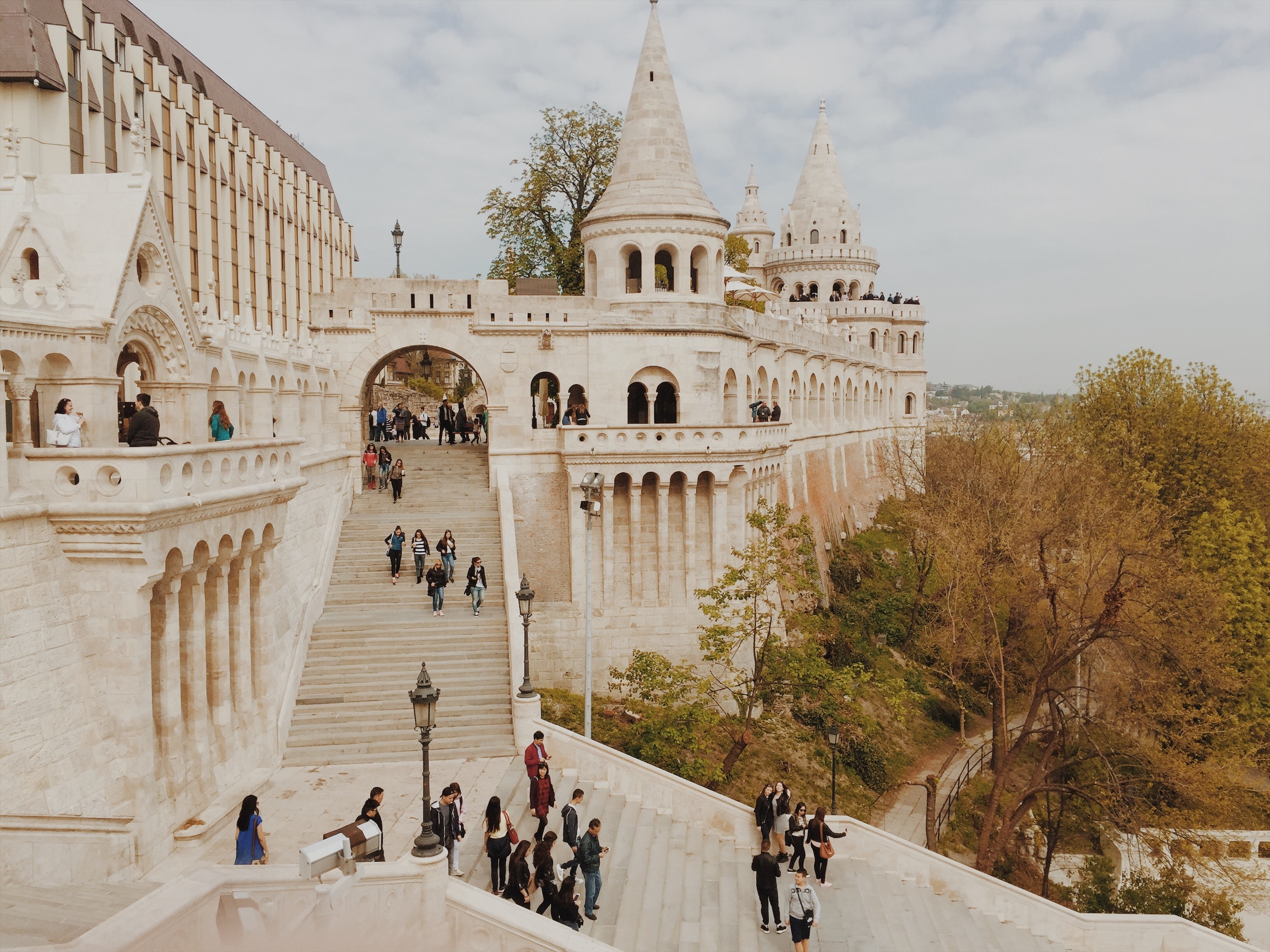
The capital, Lake Balaton, and the major spa towns were again the most popular domestic destinations last year. However, the picture is different for domestic and foreign tourists. While domestic tourism became predominant mainly during the COVID epidemic, by 2022, the number of nights spent by foreigners had already surpassed that of domestic tourists (13,400 and 8,800 respectively), according to research by the Oeconomus Economic Research Foundation, reports Magyar Nemzet.
As a result of the recovery, foreign visitors are gradually returning to Hungarian tourist destinations. Foreign tourists arriving last year mainly visited Budapest. Among rural destinations, spa town Hévíz, Bük, Sárvár, in western Hungary, Hajdúszoboszló and Debrecen in eastern Hungary, Siófok and Balatonfüred around Lake Balaton), Győr (northwestern Hungary), and Szeged (southern Hungary) were the most popular.
The capital was also visited by many Hungarians, but while Budapest was the destination of choice for around three quarters of foreigners, only a quarter of Hungarians chose Budapest.
Of the rural destinations, the most visited were the settlements around Lake Balaton, especially Siófok and Balatonfüred. These cities were followed by spa towns: Hajdúszoboszló, Zalakaros, Hévíz, Gyula, Eger, Miskolc, and Bük.
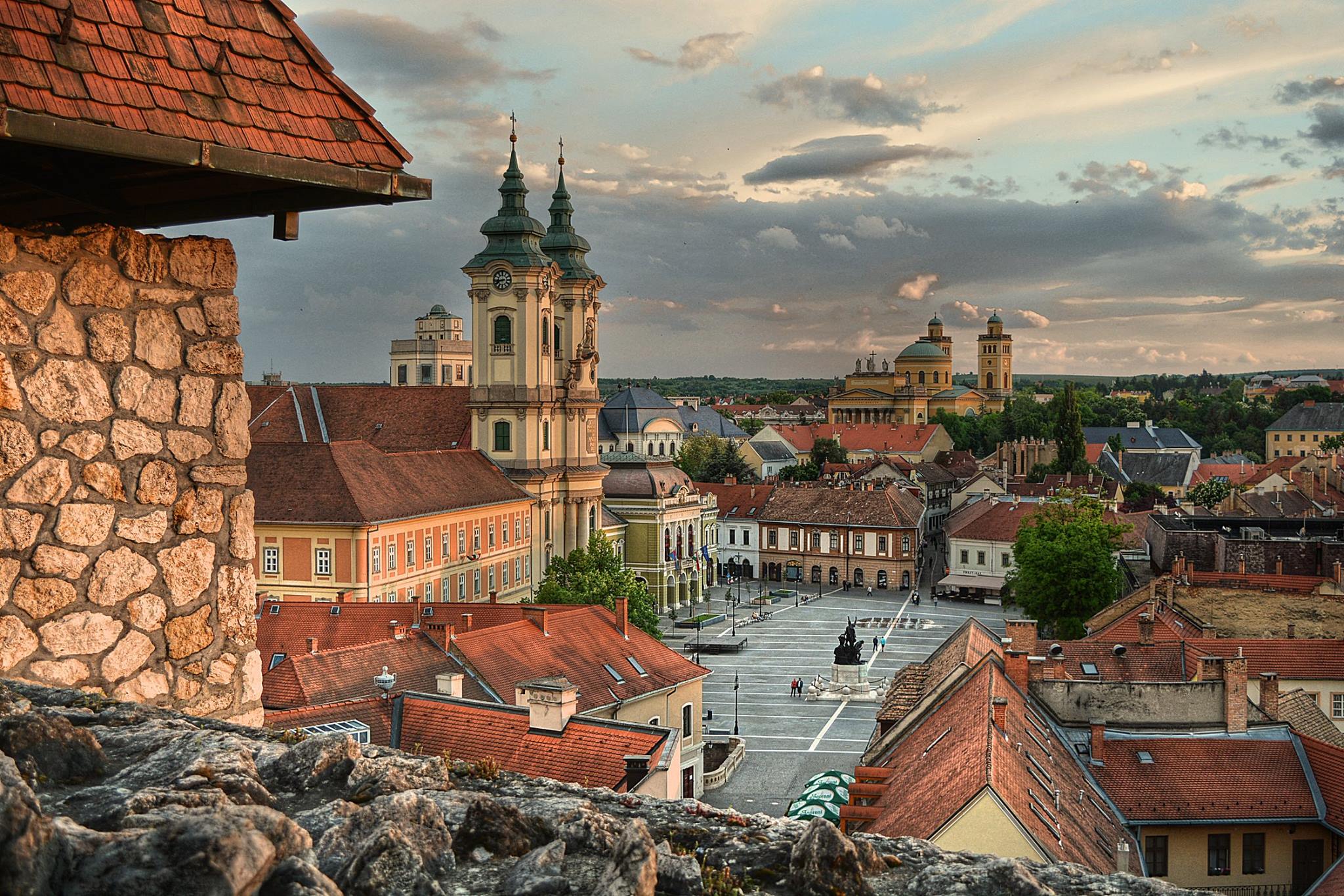
The city of Eger. Photo via agriavintage.hu
Although foreign tourists are most likely to visit Budapest, there are also some popular destinations in the countryside for them as well. Hévíz has typically been a favorite destination for Russian tourists, but numbers have recently fallen due to the Russian-Ukrainian war, and the town is trying to make up for lost visitors from other markets, mainly from neighboring countries such as Slovakia, Slovenia, and the Czech Republic, as well as Germany, already being a traditional market for Hévíz tourism. In 2022, the total number of tourist nights exceeded one million, meaning that the recovery after the epidemic has continued and has partially replaced Russian visitors.
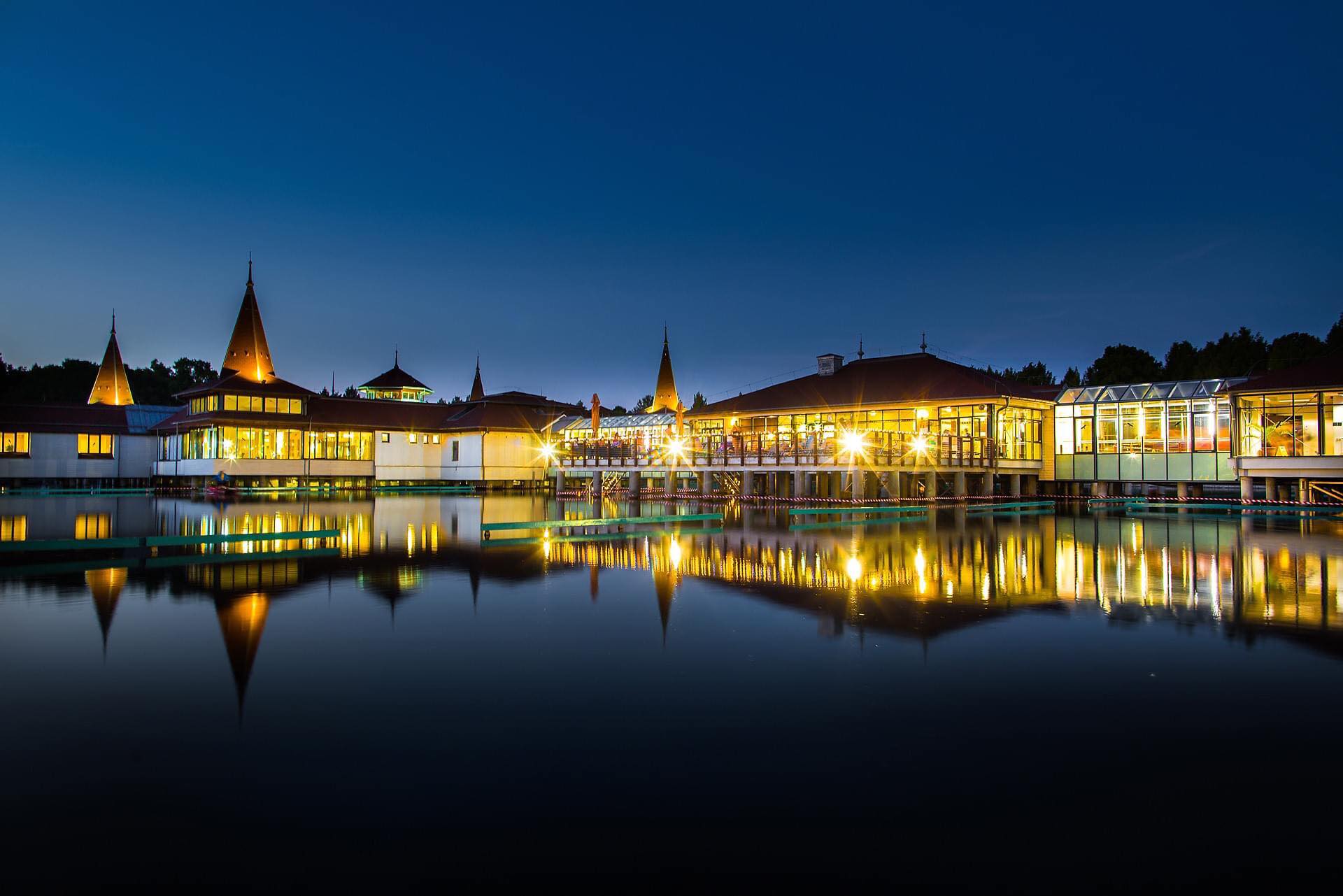
The main attraction of Hévíz is its warm-water lake with a natural peat pool, unique in Europe. Photo via Facebook/HÉVÍZ Turisztikai Egyesület
Hajdúszoboszló (eastern Hungary) is mainly visited by Poles and Romanians, but also by tourists from Germany, Slovakia, the Czech Republic, and other EU countries. Spa town Bük (in western Hungary, close to the Austrian border) is the third most popular destination, with the Czech Republic, Austria, Germany, and Slovakia being the most important markets for visitors.
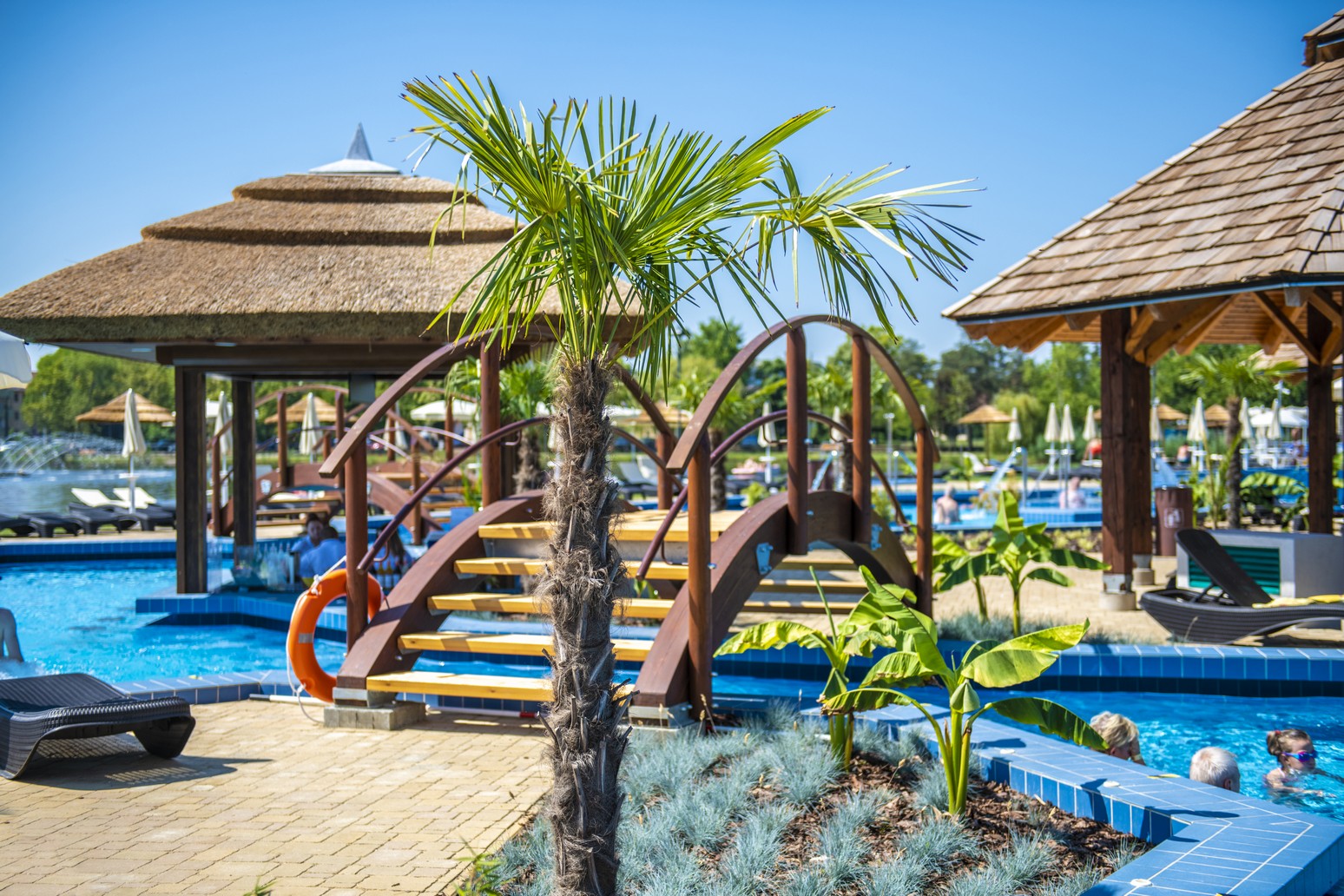
The Hajdúszoboszló Spa is the largest spa complex in Europe. Photo via Facebook/Hotel Délibáb – Hajdúszoboszló
As leisure time abroad means that income earned at home is spent abroad, worsening the balance of payments – i.e. income flows out of the country – it is important that the government provides incentives to support the sector. The Hungarian government has introduced a number of such incentives.
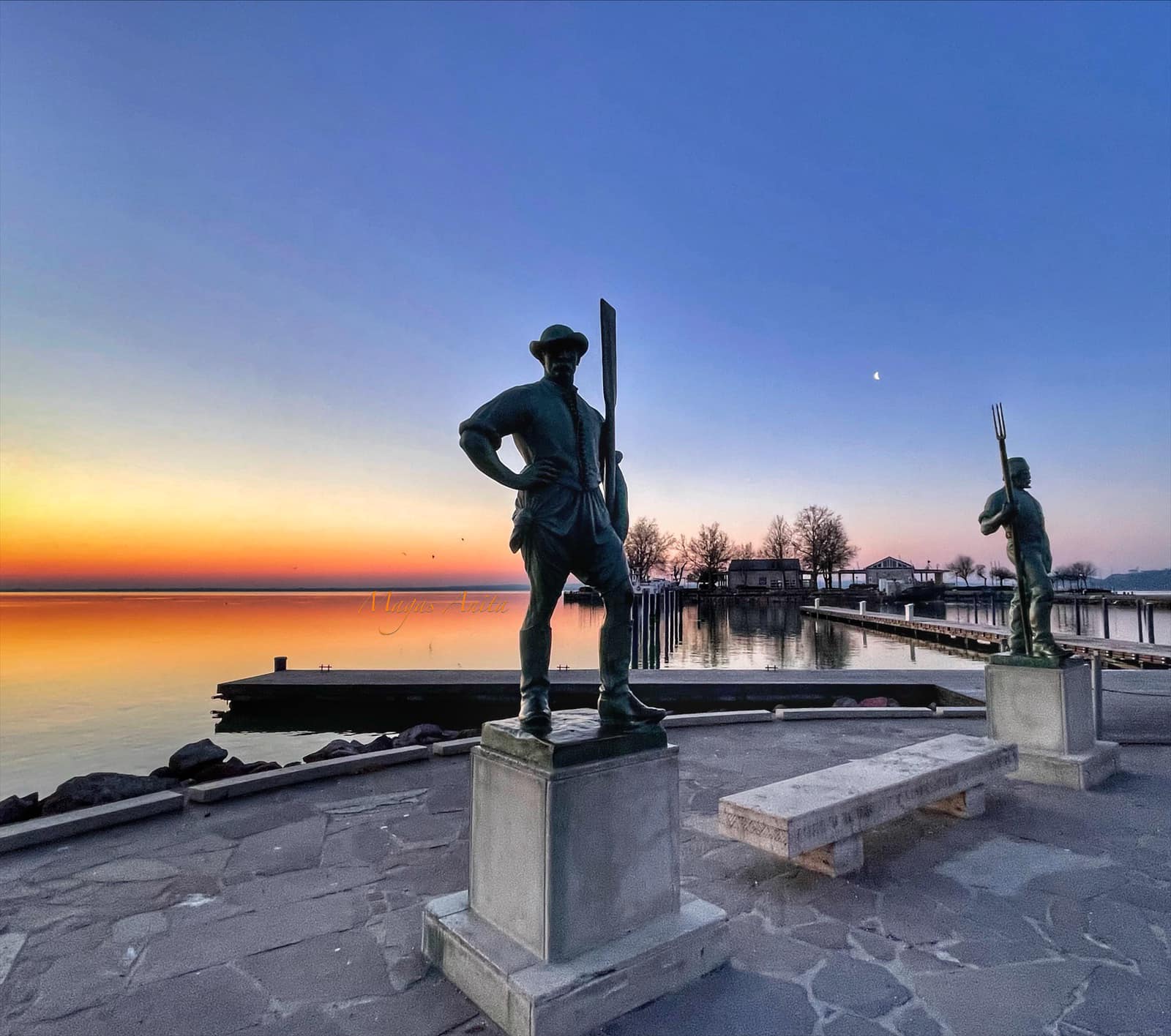
Lake Balaton at Balatonfüred. Photo via Facebook/Anita Magas
The Széchenyi Pension Card (SZÉP Card) is a fringe benefit within the framework of the cafeteria system that employees can receive from their employer. It is one of the most important instruments to stimulate domestic tourism, with the basic aim of increasing the turnover of tourism service providers and helping them to operate profitably.
The Kisfaludy program is one of the key pillars of the National Tourism Development Strategy 2030 – Tourism 2.0 adopted by the government.
The aim of the government’s umbrella program, bringing together the largest-ever domestic tourism developments, is to make Hungary the tourism hub of Central Europe by 2030.
In addition, the sector has also received targeted support in recent years, including during the COVID epidemic.
Via Magyar Nemzet, Featured image via Pexels